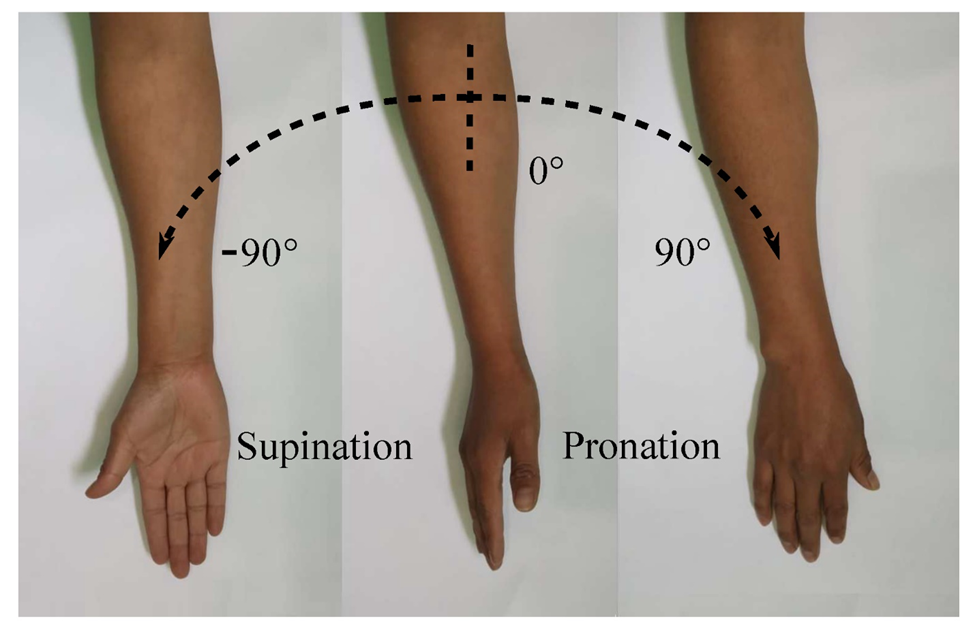A nurse is caring for a client who is Hindu and adheres strictly to the traditional dietary laws of this religion. The client has no other dietary restrictions. Which of the following foods should the nurse select as a component of the client’s meals?
A cheese omelet
A hamburger
A bologna sandwich
Steamed vegetables
The Correct Answer is D
A. Cheese omelet
A cheese omelet may be acceptable for a Hindu diet, as it doesn't contain beef or pork. However, it's important to consider the individual's specific dietary preferences and any other restrictions they may follow.
B. Hamburger
A hamburger typically contains beef, which may not align with Hindu dietary laws. Hindus, in general, avoid beef, as the cow is considered a sacred animal in Hinduism.
C. Bologna sandwich
Similar to the hamburger, a bologna sandwich often contains pork products. Pork is generally avoided by individuals adhering strictly to Hindu dietary laws.
D. Steamed vegetables
Steamed vegetables are a safe option for a Hindu diet as they are plant-based and do not contain beef or pork. They align with the dietary preferences of many Hindus.
Nursing Test Bank
Naxlex Comprehensive Predictor Exams
Related Questions
Correct Answer is C
Explanation
A. Assign an assistive personnel to feed the client.
This option involves assigning someone else to feed the client. While it may ensure that the client receives adequate nutrition, it does not promote independence. The client may prefer to feed themselves if given the opportunity.
B. Explain that the tray is here and place the client’s hands on the tray.
While explaining the presence of the tray is helpful, physically placing the client's hands on the tray is a more direct form of assistance. It takes away the opportunity for the client to explore and locate items independently.
C. Describe to the client the location of the food on the tray.
This is the correct choice. Describing the location of the food on the tray allows the client to use their remaining senses, such as touch and hearing, to independently locate and eat their food.
D. Ask the client if she would prefer a liquid diet.
This option is related to dietary preferences but does not directly address the issue of promoting independence in eating. It focuses more on the type of diet rather than the manner in which the client can independently manage their meals.
Correct Answer is C
Explanation
A. “Turn each of your hands and forearms so your palm is facing down.”
This describes pronation, not supination. In pronation, the palm faces down, and the radius crosses over the ulna.
B. “Take each of your hands and touch your shoulders.”
This describes flexion at the elbow joint, not supination. Flexion involves decreasing the angle between body parts.
C. “Turn each of your hands and forearms so your palm is facing up.”
This is the correct choice. Supination involves turning the hands and forearms so that the palms face up, and the radius and ulna are parallel.
D. “Move each of your arms to rest at your sides.”
This describes adduction, bringing the arms back to the sides of the body, not supination.

Whether you are a student looking to ace your exams or a practicing nurse seeking to enhance your expertise , our nursing education contents will empower you with the confidence and competence to make a difference in the lives of patients and become a respected leader in the healthcare field.
Visit Naxlex, invest in your future and unlock endless possibilities with our unparalleled nursing education contents today
Report Wrong Answer on the Current Question
Do you disagree with the answer? If yes, what is your expected answer? Explain.
Kindly be descriptive with the issue you are facing.
